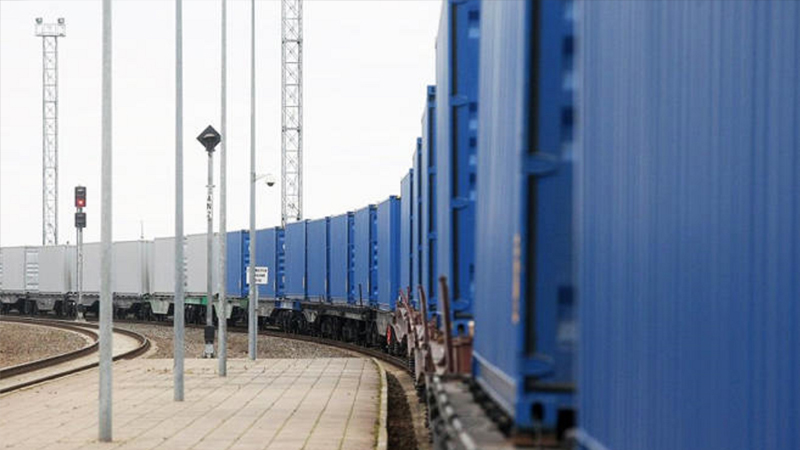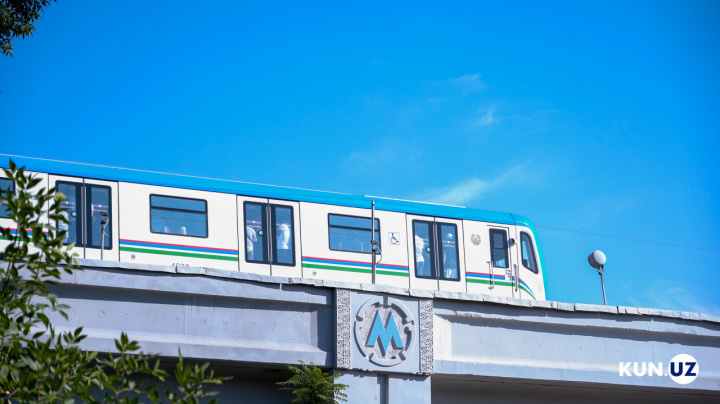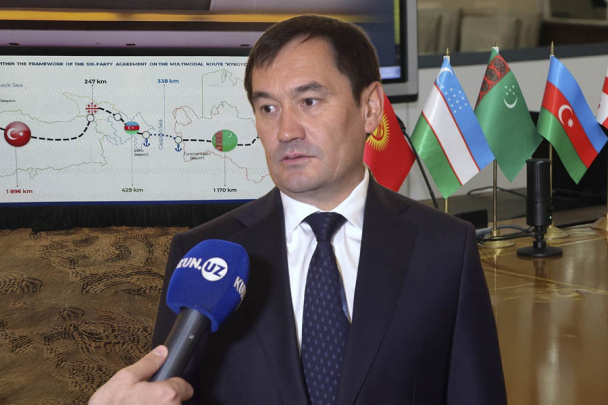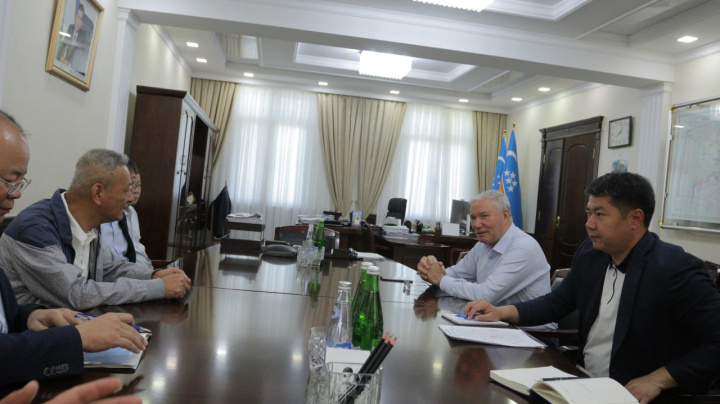Uzbekistan’s Transport-Communication strategy presented in Washington, D.C.

Photo: Shutterstock
A briefing was held at the Eurasian Center of the Atlantic Council (AC) in Washington, D.C., devoted to the analysis of the prospects for the implementation of infrastructure projects in the countries of Central Asia, in the framework of which a presentation of the transport and communication strategy of Uzbekistan was held, the press service of the Foreign Ministry reports.
The Ambassador of Uzbekistan to the United States Javlon Vakhabov briefly explained the essence of the transport and communication strategy of Uzbekistan. In particular, it was noted that in December 2017, at the initiative of President Shavkat Mirziyoyev, a comprehensive five-year program was adopted to improve the transport infrastructure of Uzbekistan and diversify foreign trade routes.
After the state visit of the head of Uzbekistan to Turkmenistan in March 2017, rail and road bridges across the Amu Darya were opened, which allows more than double the volume of freight traffic. In addition, this project expands the possibilities of promoting the idea of creating a through transport and communication highway along the route Uzbekistan-Turkmenistan-Caspian Sea-South Caucasus with access to the Black Sea ports of Turkey, Romania and other countries.
After 20 years of negotiations, significant progress has been made in building a railroad connecting China and Central Asia through Kyrgyzstan. As a result of the projects, the length of the alternative land corridor in the direction of China-Kyrgyzstan-Uzbekistan-Afghanistan-Iran (3,500 km) will be 4 times shorter than the existing sea route between China and Iran (13,800 km).
Special attention was paid to the draft agreement on the construction of the railway Mazar-i-Sharif - Herat. Ensuring the effective functioning of this railway will contribute to the successful integration of the countries of Central Asia and Afghanistan into the international transport and trade systems. According to ADB estimates, more than 1,000 people have already been employed since the start of the Uzbekistan-built Hairaton-Mazar-i-Sharif railway, about 1,200 local residents are engaged in logistics operations.
In general, the practical implementation of these initiatives will transform Central Asia not only into an international transit hub, but also a key link in the transcontinental economic space between South Asia, the Asia-Pacific Region, the CIS, Europe and the Middle East.
At the briefing, the Ambassador also provided information to the American audience on the energy potential of Uzbekistan. In particular, it is noted that Uzbekistan is the largest electricity producer in Central Asia. The total installed capacity of Uzbek power plants exceeds 12.4 GW.
Separately, the project for the construction of a 500 kV transmission line Surkhan - Puli Khumri with a length of 260 km was marked. The project will increase the supply of electricity from Uzbekistan to Afghanistan by 70% - up to 6 billion kilowatt-hours per year. The expected implementation period is 3 years, and the payback period is 12 years.
The facts and projects presented by the Ambassador of Uzbekistan aroused the genuine interest of the event participants.
In particular, Deputy Assistant Secretary of State for South and Central Asian Affairs, Emilia Puma, said that Washington is satisfied with the reforms in Uzbekistan, shared optimism about Central Asia, and realized that Uzbekistan is a kind of engine of progress in the region today.
As the former First Deputy Assistant Secretary of State and US Ambassador to Kazakhstan Richard Hoagland said, the arrival of a new leader in Uzbekistan marked fundamental, if not revolutionary, changes. He said that change in Uzbekistan is “absolutely fundamental to the entire region.”
The American diplomat said - “I would like to live another 25 years to see firsthand how Uzbekistan will look like after a quarter of a century of changes”.
The Atlantic Council is an American think tank, founded in 1961 with NATO. It is a forum for political, expert, business circles, intellectuals, as well as leaders of international scale. The Council administers ten regional centers and functional programs related to international security and global economy. The headquarters is located in Washington, D.C.
Related News

11:16 / 17.12.2025
Tashkent to introduce park-and-ride system to ease traffic

18:15 / 05.12.2025
Tashkent to expand metro network to 103 km as part of 2030 mobility plan

13:31 / 13.11.2025
Central Asian countries to launch unified digital transport platform under CASCA+ initiative

16:02 / 09.06.2025



